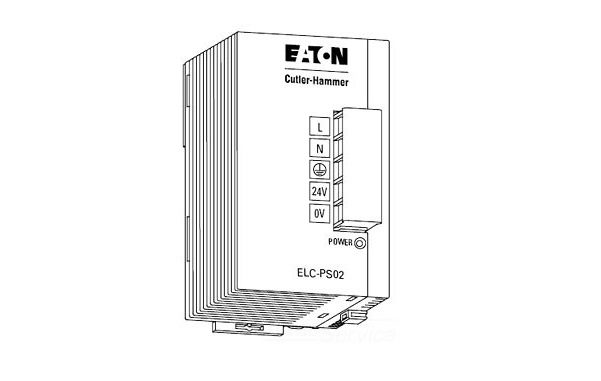
A Programmable Logic Controller (PLC) receives information from one or more inputs. This semiconductor control device processes the information based on a software program. Finally, it sends an output control signal. The microprocessor based control system performs functions such as timing, logic, sequencing and others. The PLC follows instructions from an operator-defined program.
These intelligent systems provide reliable, high-speed monitoring and control of processes in automated applications. In addition, they are easy to program and configure.
Over the years, the programmable logic controller has gained a lot of acceptance in many applications. Consequently, they’ve replaced the traditional control methods that relied on manual wiring and control of relays. PLCs are now widely used in batch processes in cement, chemical, paper, food and other industries. And, there are many other industries where processes are sequential in nature and require timing and event-based logic.
By using a programmable logic controller, industries eliminate or minimize human errors and timing problems. Most noteworthy, all human interactions may have a negative impact on processes and production.
Basic components of a Programmable Logic Controller
The six main components of a basic PLC include:
- A power supply
- A processor (CPU)
- Mounting
- Input
- Output
- A software program and interface
How a PLC system works
During PLC operation, the program follows a repetitive process called the scan. The process begins at the CPU, which keeps on checking the status of the inputs. It then executes the programmed action or process based on the input signal and sends the required signal to an output device. This may include starting or stopping a motor or fan, controlling the speed of a motor, turning lights ON/OFF or dimming lights among other things.
Once the program updates the output, the CPU starts over and the cycle repeats again. The cycle depends on the number of inputs, outputs, and size of the program, while the action will depend on the inputs coming from a variety of sensors.
The input sensors include components such as switches, proximity sensors, photoelectric sensors, pressure switches, level switches, encoders and temperature sensors, while the output devices include actuators, relays, switches, and many more.
PLC Programming
PLCs rely on software programs that help them in making the necessary decisions. The PLCs are programmed through a variety of tools, which may differ in ease of use, appearance, and complexity. The most commonly used PLC programming language is Ladder Logic, a graphical software that uses common electrical symbols. Other languages include Function Block Diagram (FBD), Sequential Function Chart (SFC) and Structured Text (ST).
The programming is done on the device such as a computer or handheld device after which it is transferred to the PLC memory using a communication interface.
How to select a PLC for your applications
Selecting a suitable PLC that will address your current and future needs can be a challenge, especially with the large number of different PLCs on the market today. The available PLCs have varying capabilities, physical sizes, complexity, cost, power requirements, scalability and other parameters. Therefore, it is necessary to determine the correct programmable logic controller for your specific application. Special systems can be designed for use in harsh environments.
Conclusion
The Programmable Logic Controller has revolutionized and simplified controls in automation and industrial applications. PLCs are easy to install, wire, program and modify to suit changing application requirements. These control systems are usually available in a wide range of sizes that ensure finding exactly what you need for any application.

